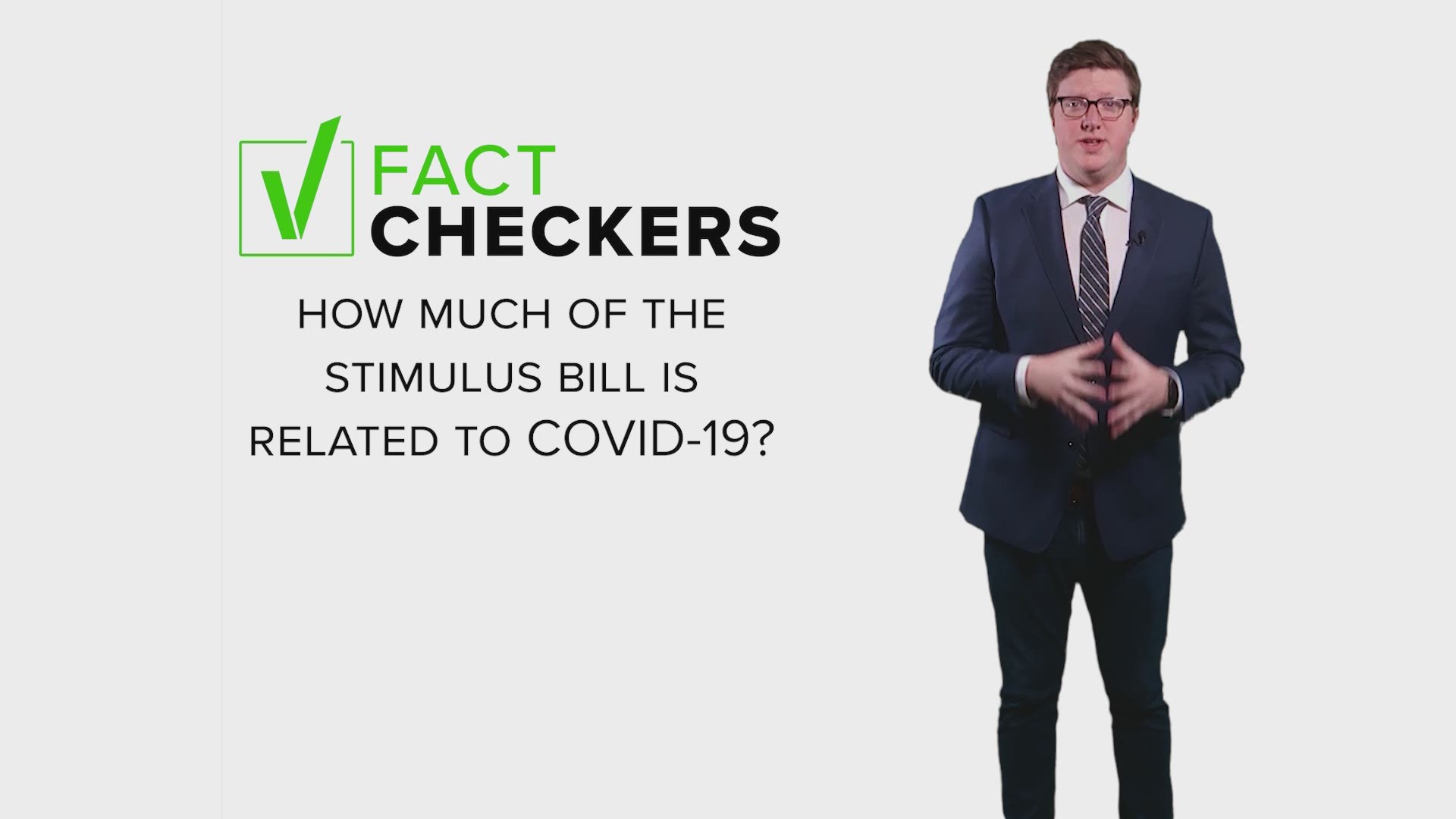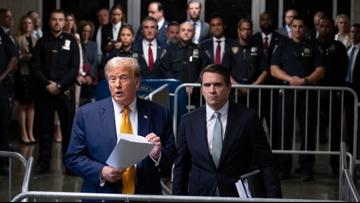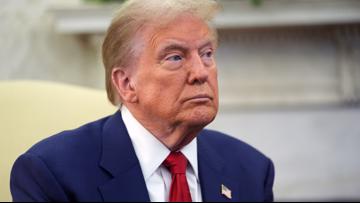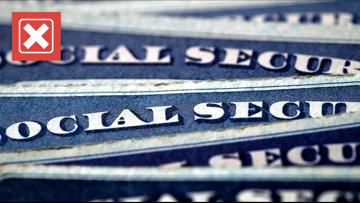The $1.9 trillion COVID-19 stimulus bill has been the subject of a lot of partisan debate. Hotly disputed pieces of the bill have come and gone and support for the bill in Congress has fallen mostly along party lines.
Several Republican members of Congress have said the massive bill provides little stimulus relief. In a video posted to Twitter, Rep. Ted Budd, R-N.C., said only 9% of the bill is going to COVID. Rep. Byron Donalds, R-Fla., tweeted a similar figure, stating that only 9% of the funds are directly going to stimulus relief.
THE QUESTION
Does the COVID-19 relief bill only direct 9% of funds toward actual COVID-related things?
WHY WE ARE VERIFYING
The claim has gotten increased attention after several members of Congress shared it on social media.
THE ANSWER
No. While a very small part of the bill is actually labeled for things like COVID testing, protective gear, treatments, vaccines and distribution, a large portion of the bill goes to stimulus programs addressing the economic impact of the COVID-19 pandemic.
The nonpartisan Committee for a Responsible Federal Budget, which itself has been highly critical of the bill, estimates a little more than 15% of the package “is spent on long-standing policy priorities that are not directly related to the current crisis.”
That would mean almost 85% of the bill’s funding is toward projects related to COVID relief, a far cry from the 9% made in claims.
WHAT WE FOUND
To first answer this question, we have to figure out what makes something “COVID-related.” Does this only include direct public health funding like vaccinations and testing? What about funds meant to address the economic impact of COVID-19? How do you determine if something is meant to address COVID-19’s economic fallout as opposed to something unrelated?
Different people may come up with different answers. So we’ll go through the text of the bill itself and numbers from the Congressional Budget Office to break down individual facets of the bill.
The bill calls for roughly $1.9 trillion in spending. Of that, $265 billion — or about 8.5% of the bill — is specifically listed for things like COVID testing, protective gear, treatments, vaccines and distribution. So if that’s all you’re considering “COVID-related” then the Republican’s numbers check out.
However, there are quite a few economic provisions in the bill that could potentially be considered “COVID-related” as well.
Story continues below this video. Check out previous stories on the VERIFY YouTube channel.
The largest part of the bill is $420 billion set aside for direct stimulus payments to individuals to help with the financial struggles caused by the pandemic. For most people, these are $1,400 payments. The first COVID-19 relief bill gave out $1,200 direct stimulus payments and the second relief bill provided $600 direct stimulus payments.
That’s equivalent to 22% of the bill’s total spending. Combined with the public health measures, that’s 30% of the bill.
There’s also $350 billion going toward extending additional unemployment benefits several months further and $130 billion spent on measures to reopen public schools safely.
Combined, these four different spending measures make up about 55% of the bill’s total spending.
The CRFB, which has been consistently critical of the bill, estimated in a February press release that about $300 billion — equivalent to about 15% of the bill — is going to “long-standing policy priorities that are not directly related to the current crisis.”
The exact number they give is $312 billion, which is equivalent to about 16% of the total bill’s cost. At that time, the provision to increase the federal minimum wage was still included in the bill and that provision was still in the bill at the time the Republicans made their claims. That funding set aside for that was small compared to the other provisions in the bill and its elimination changes the final numbers by little.
Among the CRFB’s criticisms of the bill are issues they have with the potential for misdirected funds because of broad language used in the bill and what they view as excessive relief funding to certain recipients, but they never claim that more than half of the bill is going to items completely unrelated to COVID-19.
How effectively the bill provides relief for the amount it spends is one of the major points of debate when it comes to the bill. However, it’s misleading to ignore the spending on economic relief and claim that only 9% of the bill’s funding goes toward COVID relief.
Something you’d like VERIFIED? Click here to submit your story.












